Let’s say you want to build a cozy reading nook in your house, or maybe a room-warming heater for your tiny house. What if you want it to be heated with off-grid heat?
What if you want it to be super-efficient so that you don’t have to use endless armloads of wood? What if you want it to be made of renewable or locally-sourced materials? What if you were hoping it would be possible for a reasonably skilled DIYer to do on their own? What if you were also hoping that it would be aesthetically unique and beautiful to suit your individual design styles?
You may think that all those desires couldn’t possibly all align in a single project, but they do! The Rocket Mass Heater can fulfill all these design elements, and more.
What is a Rocket Mass Heater?

A rocket mass heater is a wood-fired device that uses short and intense fires to primarily heat a massive bench usually made out of cob. This massive bench in turn will give off radiant heat to the rest of the room over a long length of time. All rocket mass heaters include a heat riser which is surrounded by a “bell” which is often a 55-gallon metal barrel (but can also be made out of other materials like copper if a more decorative look is desired). Generally, they are used to heat a single room in a normal-sized house or an entire cabin or tiny home.
What is the Basic Design of a Rocket Mass Heater?
The key to the workings of a rocket mass heater are in its design. All rocket mass heaters have two main parts: the combustion unit and the heat exchanger. The combustion unit is where the wood is burned at a very high temperature. The heat exchanger, often in the form of a cob bench, is the part of the unit that extracts as much heat as possible before the hot gases leave the unit through the chimney.
The combustion unit is composed of several parts. The first part is a vertically-oriented hole where the fuel wood is placed and the fire is lit. This leads to a short horizontal tunnel where the fire actively burns. From there a sharp 90º turn upwards leads into the heat riser. The heat riser is enclosed within the metal barrel which is often referred to as the bell. The extremely hot gases rising in the heat riser hit the underside of the barrel, turn down, and then travel along the sides of the barrel to the manifold where the hot gases will enter the heat exchange unit.
The heat exchange unit is also made up of a few parts. The first is a lengthy channel with multiple turns in it. Most people use uninsulated stove pipe for this as it is cheap and easy to find at most big box hardware stores. The other main component of the heat exchange unit is the material that will absorb all of this heat. This is referred to as the thermal mass. Dirt, cob, and masonry are the favored materials for this as they are dense and can hold a lot of heat energy. The fore-mentioned channel runs through this thermal mass and heats it up.
How does a Rocket Mass Heater Work?

As mentioned, the design described above is key to the correct functioning of a rocket mass heater. In the next section I will go over how to design those parts correctly, but first I want to talk about the principles that actually allow these heaters to work so well.
The first principle is to use VERY HOT and QUICK fires. In a rocket mass heater, the fire will get MUCH hotter than that found in your average metal wood stove. You must keep the fire between 1000 and 2200ºF as opposed to a wood stove’s fire of several hundred degrees. This serves two functions. First, it ensures that the wood is completely burned. With lower temperatures, wood is not burned completely, and much of this is given off as volatile gases which also means wasted energy. Secondly, these hot fires help heat up the body of the rocket mass heater as quickly as possible.
The second principle is utilizing a large amount of THERMAL MASS in the design. Thermal mass is basically a battery for heat energy. Materials with a low amount of thermal mass – things like fiberglass insulation, cotton balls, and pumice stone – are unable to hold very much heat. Materials with a large amount of thermal mass – stone, tile, adobe, and water, for example – are able to hold large amounts of heat energy. This is why these rocket mass heaters are built out of these sorts of materials. These massive materials are packed around the channel made of black chimney pipe that carries the hot gases from the combustion unit. The heat from the hot gas is transferred from the channel into the body of the heat exchanger which causes the temperature of the mass to rise.
These two principles – short, intense fires and thermal mass – are the key to a rocket mass heater. Now let’s take a look more specifically at the design to help utilize these two principles to their fullest.
More Detailed Specifics about the Design of a Rocket Mass Heater

Materials
In order to withstand the extremely hot fires that occur within the firebox, the firebox must be made of specific materials. If you try to use normal bricks found at your average big box hardware store, they are liable to explode. You will need bricks specifically made to hold up to these temperatures. These special bricks are called firebricks. They cost significantly more than your average brick, but are a necessary expense for this project. The entire firebox and heat riser should be constructed of this sort of brick.
Shape
The next important design detail is the shape and proportionality of the firebox which includes the heat riser. When viewed from the side, the firebox should have a J shape to it. The first vertical channel is where you feed the fire. The length of this part needs to be significantly shorter than the heat riser, otherwise you will have draft issues. A proper ratio for feed channel and heat riser is something along the lines of 1:3. The burn tunnel that connects them will be of a length intermediate to those two, but will also be influenced by where exactly the barrel will be placed.
Length
The length of the channel within the heat exchanger is also an important design consideration. Too short and you won’t be able to extract all of the usable heat from the gases, too long and you won’t get enough draft to keep a fire going. Generally, the channel is shaped like a long U under a straight bench. However, if you want an L-shaped bench to take advantage of your particular space, that is also possible. Somewhere around 30 feet is a good total length for the channel. However, this will also be dictated by how big your room is.
You will also want to pay attention to the material that makes up the body of the heat exchanger. Not just any material will do. You want something that has a lot of thermal mass, and you want something that is not combustible. Thankfully, these two characteristics often go hand-in-hand. Most of the commonly used materials are also cheap (or free). Generally, a cob mixture is placed directly around the black stove pipe that forms the channel that runs through the heat exchanger. Cob compacts well and forms to pretty much any shape, so it will completely fill in around the pipes. This cob layer can eventually be covered with a clay plaster or other materials like tile, brick, or stone. The decision of the outer covering depends on how much money you want to spend and what you find aesthetically pleasing.
There are some materials that might seem like a good idea at first, but actually make a poor choice for the heat exchanger. You would not want to use something like rounded river stone. Even though it is dense and has much thermal mass, the rounded shape prevents the stones from compacting completely. This hinders heat transfer as the air spaces make a great insulator (which you don’t want). Pumice stone is also a poor material as it is so airy.
Final Thoughts
So there you have it – a brief primer on rocket mass heaters. Indeed, this is merely scratching the surface of these efficient heating devices. If you are interested in actually constructing one for yourself, which should be within the ability of a slightly above-average DIYer, I would suggest getting a detailed book (several are listed in the resources below) on the construction of these heaters.
While they’re not for everyone or every home, they certainly should be considered if your dwelling is the sort that could be serviced by one.
20 Eye-Catching Rocket Mass Heaters: Examples and Plans
1) Exposed Drum

Rocket mass heater. Leaving the drum exposed allows immediate heat to enter the room. Covering the barrel with a natural surface of cob slows down the instant heat and holds heat for slower release. Found at permaculturedesign.fr.
2) Straw Bale Home
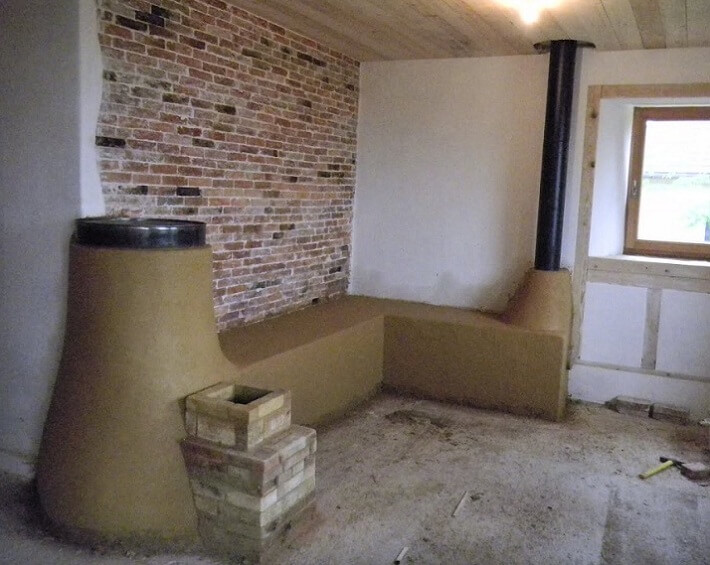
Rocket Mass Heater in a straw bale home in France by Bec Touvière. Courses given once a year in France. Great video of the process at bottom of page here: permaculturedesign.fr
3) Bioconstruyendo Rocket Mass Heater
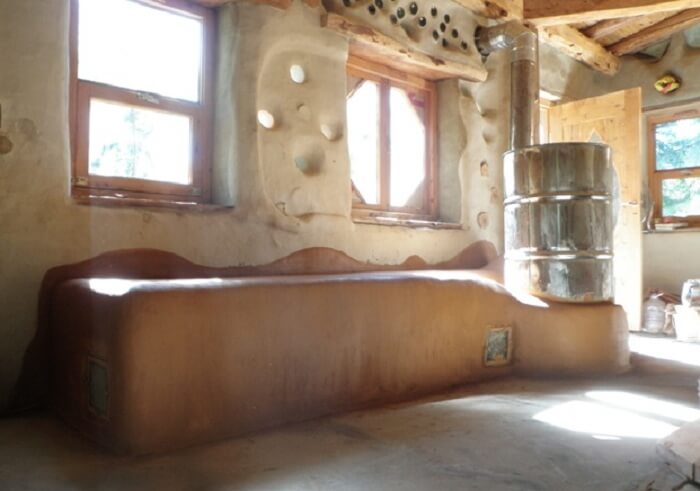
Rocket mass heater, built during a Bioconstruyendo held in February, 2010 in Patagonia, Argentina, in a straw bale and adobe cabin. Visit www.firespeaking.com for this picture.
4) Textured Heater
https://www.instagram.com/p/3VXnMbl_R0/embed/captioned/?cr=1&v=12&wp=500&rd=https%3A%2F%2Finsteading.com&rp=%2Fblog%2Frocket-mass-heaters%2F#%7B%22ci%22%3A2%2C%22os%22%3A1785.7999999523163%2C%22ls%22%3A535.7000000476837%2C%22le%22%3A1571.2999999523163%7D
5) White Rocket Mass Heater
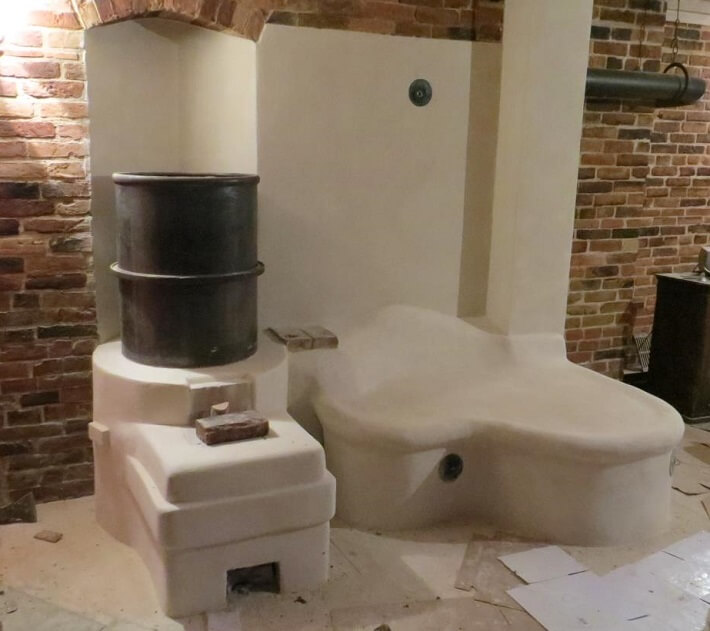
Rocket Mass Heater by Juured in Estonia. Their site has more information. Originally found at “juured.ee/”
6) Heater With Rock
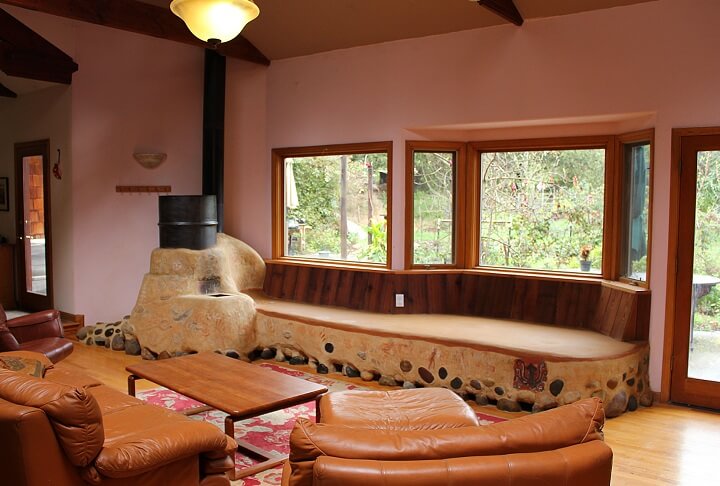
Rocket Mass Heater by Ernie and Erica Wisner. Plans for sale here: ernieanderica.info/shop
7) Modern-Styled Heater
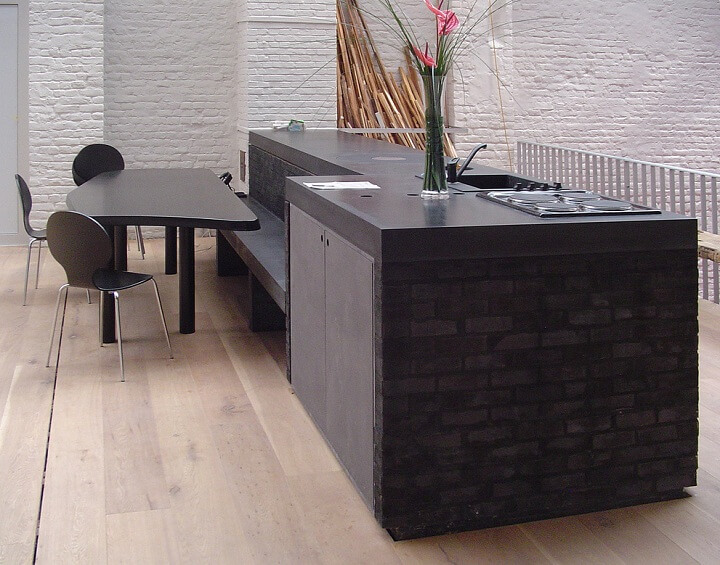
Rocket mass heater and cooktop in Brussels. This photograph is from flickriver.com.
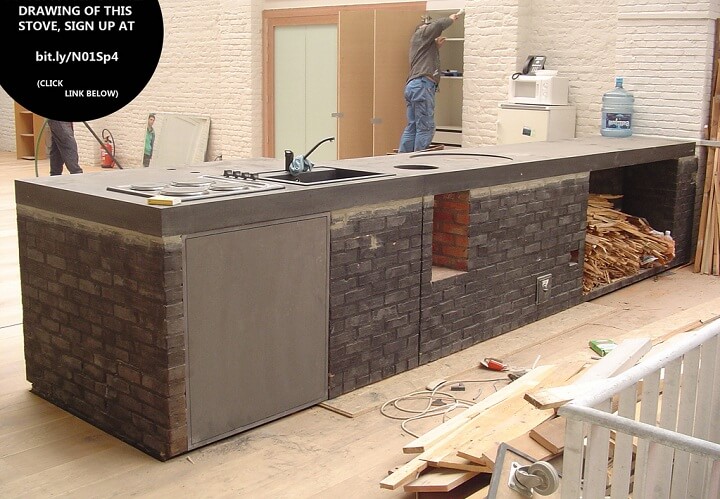
Wood goes into feed to right of the sink. Cooktop is to right of the feed. See the inner workings here: flickriver.com
8) Cabin Heater
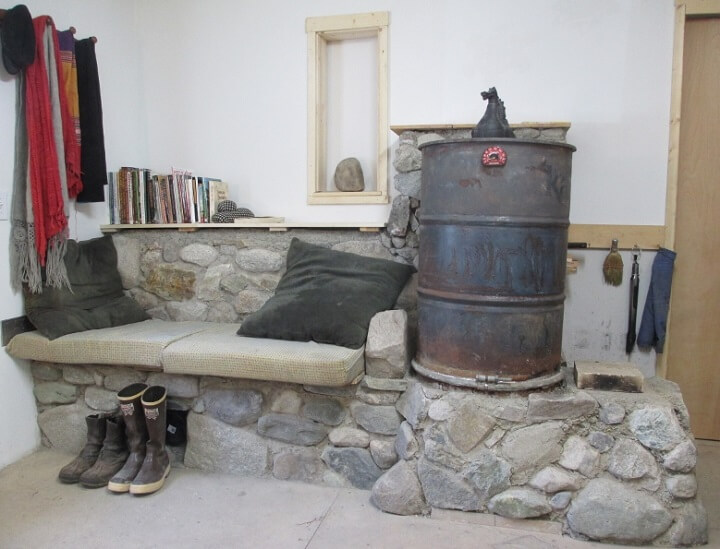
Rocket mass heater by Ernie and Erica Wisner. This heater was built for a cabin. More information can be found at ernieanderica.blogspot.com.
9) Stove In The Shamen Center
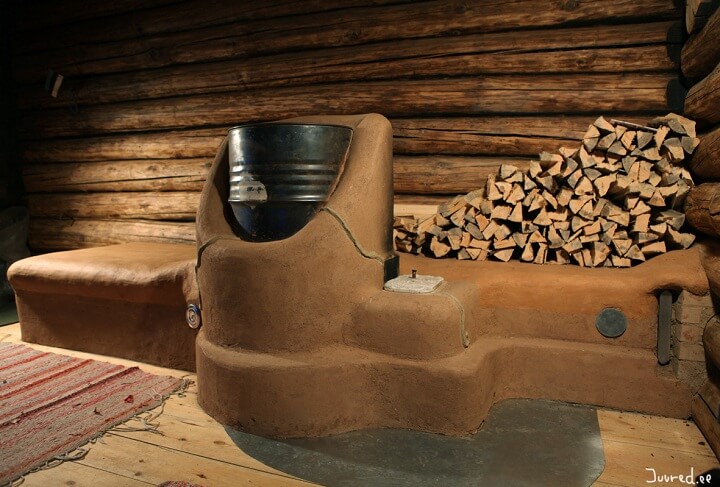
Rocket mass heater in a Shamen center in France. From “Rocket stoves, wood fires and mass heaters”. Visit ecologie-pratique.org for additional information.
10) Heater From Estonia
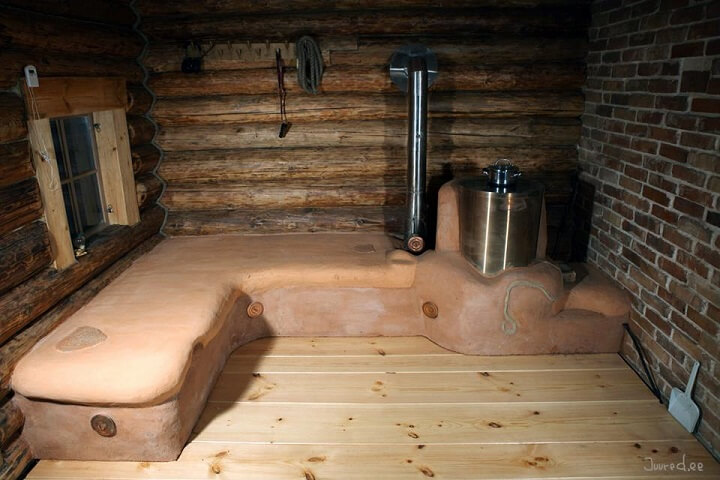
Rocket Mass Heater by Juured in Estonia. For more stories and pictures of cob, go to Juured’s website. Originally found at “juured.ee/”
11) Cob House Heater
https://www.instagram.com/p/BR_Gmu4heRk/embed/captioned/?cr=1&v=12&wp=500&rd=https%3A%2F%2Finsteading.com&rp=%2Fblog%2Frocket-mass-heaters%2F#%7B%22ci%22%3A3%2C%22os%22%3A2459.2999999523163%2C%22ls%22%3A535.7000000476837%2C%22le%22%3A1571.2999999523163%7D
You can see how they used cob to seal the barrel.
12) Heater At A Cottage Home
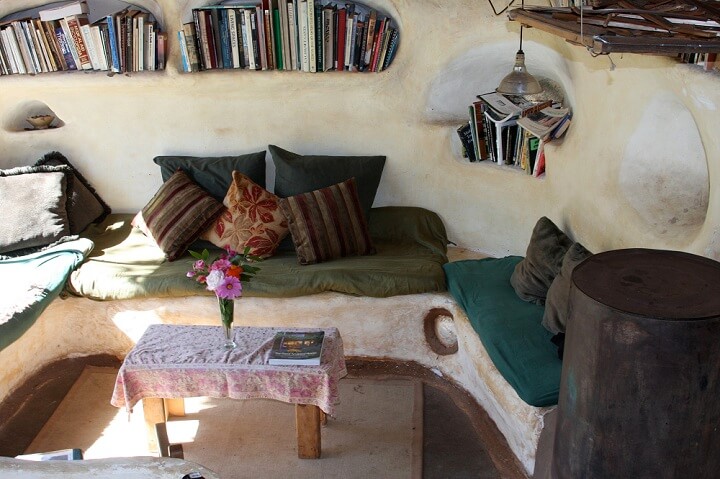
Rocket mass heater in Cob Cottage, Coquille, Oregon, the home of the creator of the Rocket Mass Heater, Ianto Evans.
13) Cooking Rocket Mass Heater
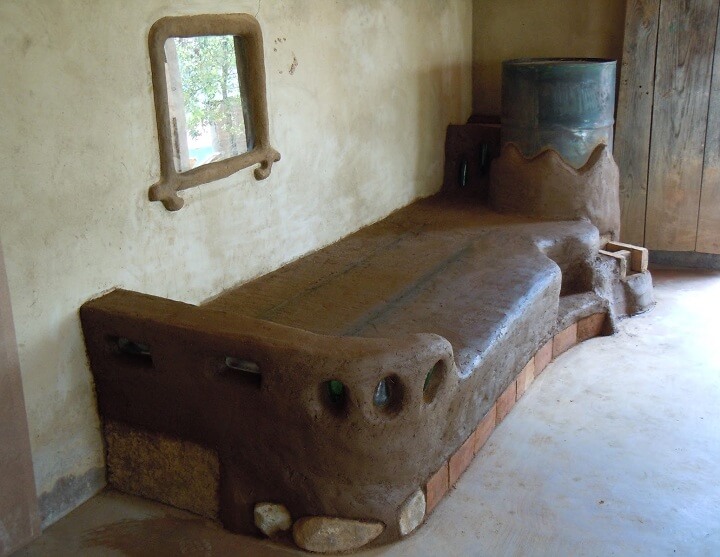
Rocket mass heater mostly used for cooking as it is in the highlands of Guatemala. Find more on this story at joachim2010.blogspot.com. (Note: site is in French)
14) Large Heater
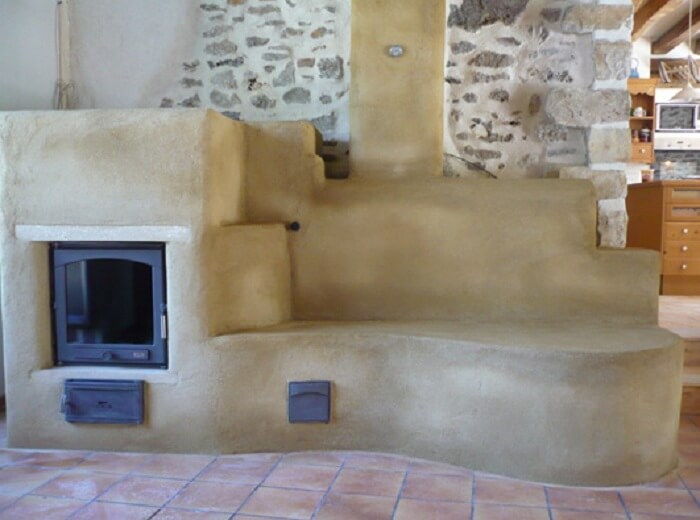
Mass Heater by terre-et-flammes.fr. This is only one example they have on their website.
15) Antique Stove
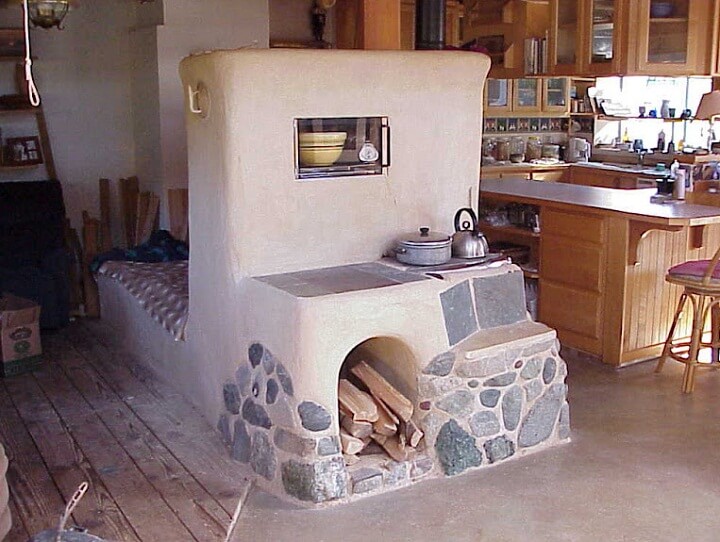
An antique stove was surrounded in cob. The wood loads on the right side, there is a heated bench behind. By Ernie and Erica Wisner
16) Heater Without A Barrel
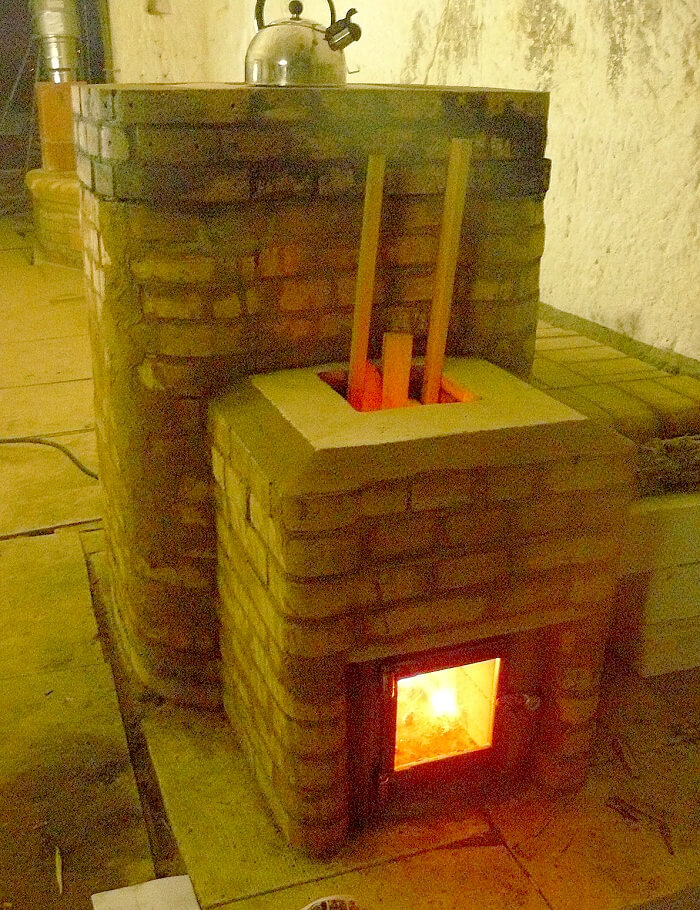
Rocket mass heater with a cooktop. The heat riser does not have to be a barrel, but, as you can see here, can be built from masonry. This photo was originally found at “marquedeposee.over-blog.com/article-p1220438-jpg-103910105.html”.
17) Reading Corner
https://www.instagram.com/p/zRrz7zBD_a/embed/captioned/?cr=1&v=12&wp=500&rd=https%3A%2F%2Finsteading.com&rp=%2Fblog%2Frocket-mass-heaters%2F#%7B%22ci%22%3A4%2C%22os%22%3A2491.5999999046326%2C%22ls%22%3A535.7000000476837%2C%22le%22%3A1571.2999999523163%7D
Rocket stove heaters are great for lounging on during cold winter months. If placed in a corner, you can create your own heated reading nook!
18) Lounging Rocket Mass Heater
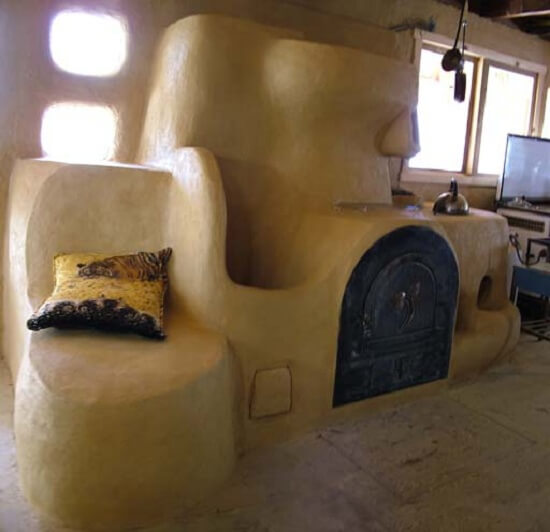
Rocket mass heater by expert Kirk “Donkey” Mobert, sundogbuilders.net, donkey32.proboards.com. Information and photographs can be found on donkey32.proboards.com.
Rocket Mass Heater How-To Videos
https://youtube.com/watch?v=7ANMXGrxgnE%3Ffeature%3Doembed%26enablejsapi%3D1%26origin%3Dhttps%3A
https://youtube.com/watch?v=dx0z5OBq3Hg%3Ffeature%3Doembed%26enablejsapi%3D1%26origin%3Dhttps%3A
https://youtube.com/watch?v=BoW-ICO83hM%3Ffeature%3Doembed%26enablejsapi%3D1%26origin%3Dhttps%3A
https://youtube.com/watch?v=_jfag47dRCs%3Ffeature%3Doembed%26enablejsapi%3D1%26origin%3Dhttps%3A
How To Build A Rocket Mass Heater
- Very active forum: permies.com
- Another forum: donkey32.proboards.com
- Plans: ernieanderica.info/shop
- Permit/Building Code Issues: ernieanderica.info/rocketmassheaterpermit
- Examples of a working heater here: www.mayacreek.org
- Typical exhaust system: midwestpermaculture.com
- More on the bell design: handprintpress.com
- Kits: dragonheaters.com
- Step by step photos of a masonry rocket mass heater: www.mha-net.org
- Round masonry rocket mass heater: mha-net.org
Project Journals of RMH Builds
Resources For Further Information
- Rocket Mass Heaters by Ianto Evans, Leslie Jackson.
- The Rocket Mass Heater Builder’s Guide: Complete Step-by-Step Construction, Maintenance and Troubleshooting by Erica Wisner and Ernie Wisner.
- Lessons from Our Rocket Mass Heater: Tips, lessons and resources from our build by Ray Dudley and Randi Dudley.

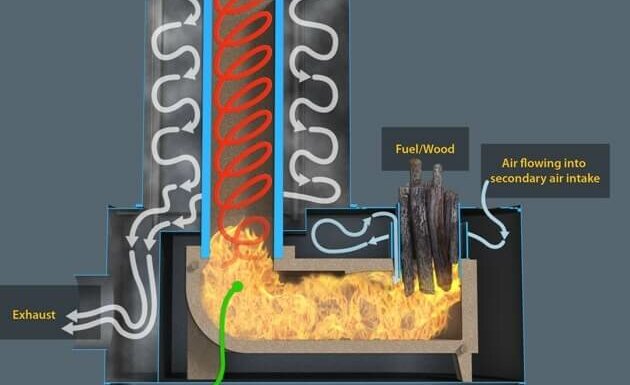











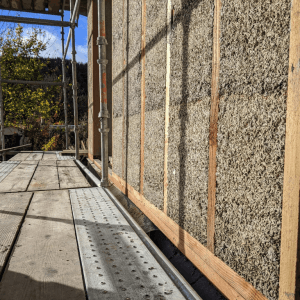
























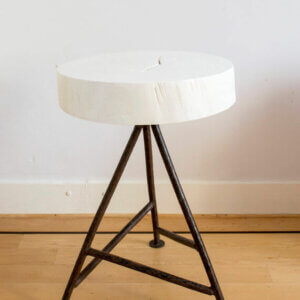



These look so stylish! And surely they’re pretty efficient as well, as gas prices are going up, this is certainly a good alternative!
These designs are great! Check out http://www.dragonheaters.com for rocket heater cores.
Hi Guys, hello from South Africa, I looking for some help in building a rocket heater here but cant afford the book 🙁 Need to know a couple of details etc. Anybody out there?
Thanks
Neil
Just finished building my 3rd mass rocket heater, would be glad to help answer your questions, I didn’t get the book either just searched the web and then built with my fingers crossed, lol.
Great site, looks like Ill be back to get some great ideas
Thanks
Neil
very encouraging and informative .planing on using some of the ideas in my 30’x90′ poly tunnel will send u pictures if u guys would love that one love
You can get a core already made at dragonheaters.com Makes the building process much easier
What’s the the smallest size RMH that can be used and still be efficient, I’m trying to make as small of a square foot design or small foot print As possible. Can I make it tall and thin? In maybe 3×4 foot area?
Good write-up, I am regular visitor of one’s web site, maintain up the excellent operate, and It’s going to be a regular visitor for a lengthy time.
My mother-in-law walks naked in the house now that I finished their mass heater. The central air just is not as warm feeling, it is dry feeling. Also it is cheaper to heat to a higher temp, and that is why that wrinkled old bag has gone nude like in the old country.
I’m curious if there is any way to somehow add an out mesh like screen about 3-5 inches away from the exposed barrel that would help keep kids/pets from touching it and getting burned. with some sort of small latch door so you can still get to the barrel if need be. I have a cat and some day would like to add kids to the mix. ..I’m just not sure if the exposed areas will be safe enough.
They won’t touch it but once if it’s hot.
Hi Lauren, Or you could cover most of the barrel in cob, like the second photo from the top. And then put some woobly piece of metal atop so the cat will quickly learn not to jump up. Or the mesh as you say….I will keep my eye out for any examples. Best!
I love rocket heaters. Right now I only have an iron parlor stove for my little cottage but one day I want one of these. I’ve never seen so much eye candy on one web page before. Beautiful heaters!
cute heater, i have to try one.
This is my first discussion board entry at this point.! I am pleased to be obtaining associated in this article and since I am new to discussion board neighborhood, I really feel occasionally, that I’ve to understand a whole lot, believe you fellas have patient on me.Thank you see you guys
Hallo,
I like so much this rockets and I want to make one by my self. I have some questions if it is possible to get answers:
1. Can I use the old vent to take the smoke out. It is about 6 m long. And I intend to make a 3 m long bench.
2. The hole for in take air it is so necessary? In Ianto Evans book I did not see mentioned. If yes it can be a regular small door? I can use the same kind of door for the ash cleaner place?
3.The third door it should be on the and of the bench? It can be the same with the other ones? Or should be something with very good close up?
I have a hot water boiler that feeds baseboard units. I want to remove the unit and build a rocket stove from a hot water tank to heat the water instead. Can I connect the water lines (cold, hot, return) to the water tank?
Hi, Please check out the permies.com forum on rocket stoves…so much info there and so many who can definitely answer your questions!
Sorry, this link is lost, i’m veryinterested.
RMH with bread oven, step by step photos:
I am building a webpage about this solution for the problems we have with natural gas in the north of Holland.
More and more earthquakes are breaking houses, but nobody is thinking of a soultion.
Rocketstoves are. Keep up the good work.
Would love to make the stove. DON’t look to hard!
Outdoor heaters are the only way to provide warmth, and the best way of increasing comfort for outdoor
social areas of any size.
Hi! Very interested in this technology. For home use it would seem that the home would provide combust ale air thereby decreasing overall efficiency. Is there a system that uses outside,air?,would this increase efficiency? Thanks in advance,
The most attractive examples, I think, are finished in white.
What exactly is the white finish coat on those RMH’s?
Thanks. I really enjoyed this page!
The picture labelled ‘Rocket mass heater in a cob cottage in Eugene, Oregon’ is actually located at Cob Cottage in Coquille, Oregon and is the home of the creator of the Rocket Mass Heater, Ianto Evans.
Thanks so much for that info!!!
Howdy, thanks for the informative site. Just providing a direct link
to the book Rocket Mass Heaters, by its developer: Ianto Evans.
http://www.rocketstoves.com
Cheers!
I’m confused, these do nothing significantly different than any well-designed masonry heater and I don’t see that they require any less masonry skill to create?
I’d like to add a note regarding a key element of the design that is not adequately addressed. One key fact is the design properly executed will create a more complete combustion. What normally goes up a wood stove chimney are gases which are result of incomplete combustion. The rocket mass heater burns so hot, those gases are also consumed so there is very little going up the chimney. This is a key characteristic; there is little or no creosote, which comes from incomplete combustion. The design extracts more BTU’s from the burn material and then collects 90+% of that – hence a super efficient nature of the system.
Photo/Attachment:
Listen to Paul Wheaton’s Ted Talk: https://youtu.be/6vZPTPIHO8w
Join Paul Wheaton and Justin Rhodes’ Rocket Mass Heater Tour: https://youtu.be/8ptwncPImuo